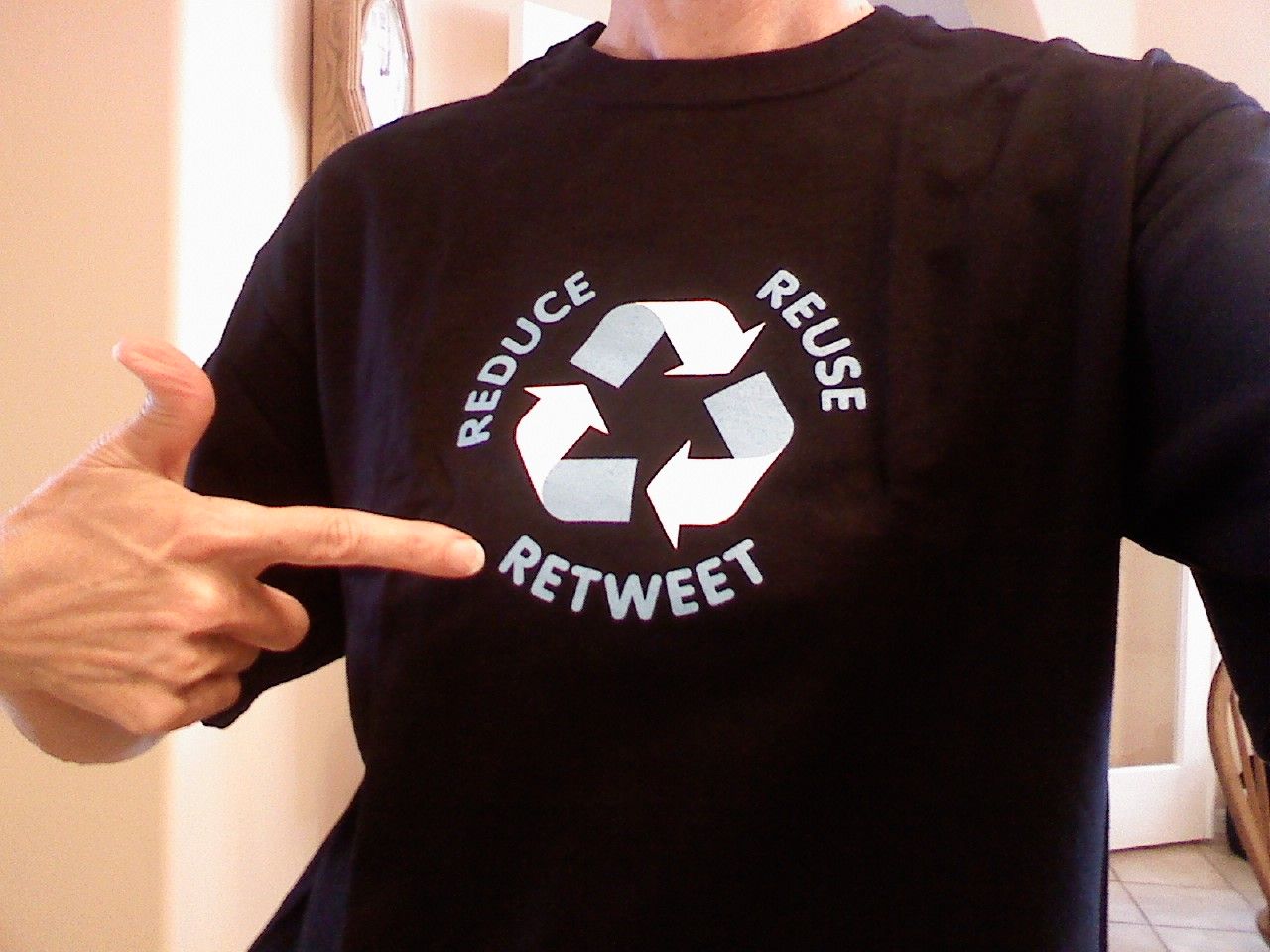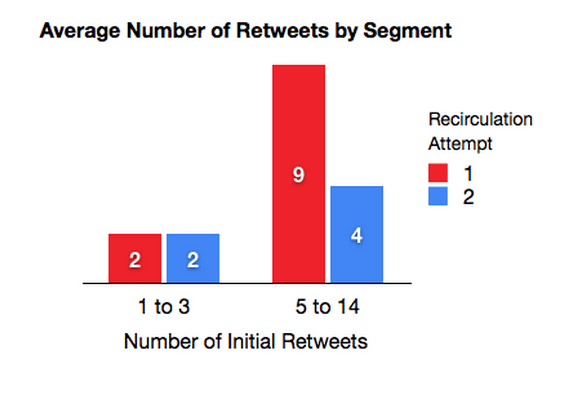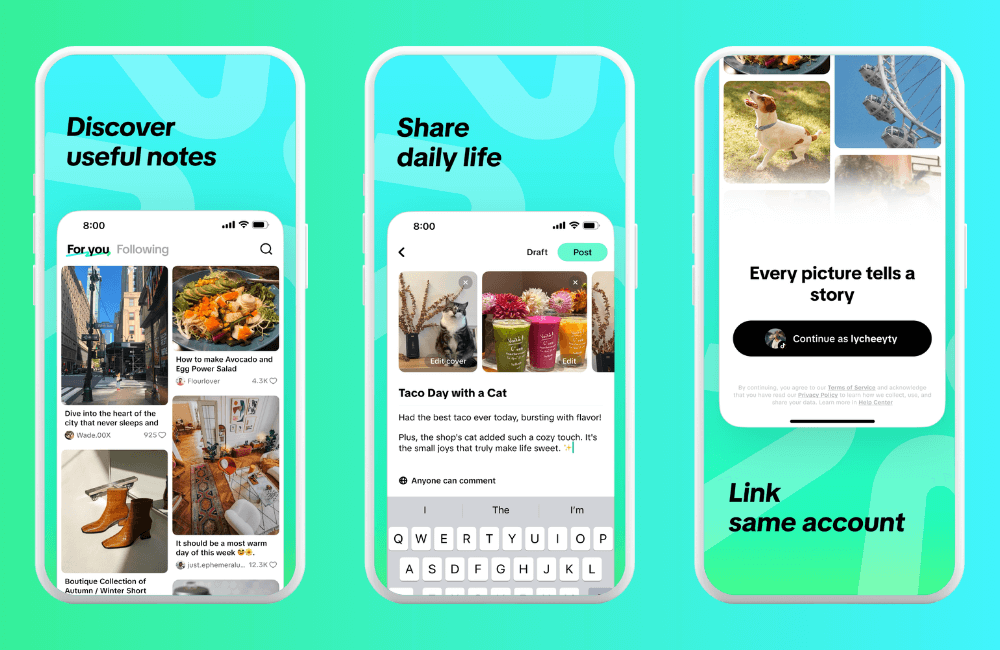Why You Should Share Your Blog Post More Than Once on Social Media: The Case for Reposting Content

Reposting the same content on social media can be quite a controversial topic. Some people don’t like it at all, while others advocate it strongly.
For Buffer’s social media accounts, we regularly do this. We found this to work surprisingly well and thought it might be interesting to explore the topic in a more analytical way.
Here is some interesting data around republishing your content multiple times on social media. Simply looking at the latest social media stats, there seems to be good case for doing so. Some people also call this the “Guy Kawasaki”-technique for using Social Media. Looking at his massive following, it seems to be working well!
Why should you repost the same content? 3 big reasons:
First of all, let’s see what kind of benefits you can get from reposting your content multiple times.
1. More traffic
The first, and perhaps most obvious, reason to share your content more than once is to drive more traffic that the initial share.
Tom Tunguz did an experiment on his own blog to show how reposting the same content helped him to boost traffic.
To get an idea of how many people were seeing and sharing his posts, Tom looked at the number of Retweets he got when Tweeting a link to one of his blog posts. We can assume from this that actual visits to his posts increased with each Retweet, as well.

With each subsequent Tweet of an existing blog post, Tom noticed that he got around 75% as many Retweets as the time before.
What was really interesting here is that even though he got more Retweets each time, this was directly proportionate to the number he got originally.
This graph shows the average number of Retweets Tom got the first time he Tweeted, and the second.

He found that the blog posts that only got Retweeted a couple of times on average when he first shared them only got a couple of Retweets the second time, as well.
Blog posts that were intially Retweeted a lot, however, got quite a few Retweets when he shared them again, as well.
We’ve also noticed that Tweeting posts from the Buffer blog more than once gives us more traffic and more engagement (favorites, Retweets).
Here’s an example where we’ve done this:



2. Hit multiple time zones
Guy Kawasaki is known for posting the same content multiple times, and one reason he advocates doing this is to reach your followers in different time zones. He’s found that this increases the traffic to his content, particularly when Tweeting the same link several times:
The reason for repeated tweets is to maximize traffic and therefore advertising sales. I’ve found that each tweet gets approximately the same amount of clickthroughs. Why get 600 page views when you can get 2,400?
Guy generally repeats Tweets of his blog posts (with minor variations) four times each, to hit different time zones:
We provide content repeatedly because people live in different time zones and have different social media habits.
Even if you only Tweet the same thing a couple of times, if you spread out your Tweets (or Facebook posts, or updates on other social networks), you’ll be able to reach more people who might have otherwise missed out on seeing your content.
3. Reach your new followers
Something we’ve noticed at Buffer is that a lot of our posts are still relevant months after we publish them. The other thing that changes after we publish a post is that more people follow us on social networks, so if we repost content from our blog that’s six months old, many of our followers will be seeing it for the first time, so they’ll get value out of it even though it’s old content.
You can use a tool like Twitter Counter to track your follower growth, so you know when it’s a good time to repost some of your older content.
Making it work
If you want to try this out on your own content, here are some things that have worked well for us at Buffer.
Make sure to reframe the content each time
Something we try to do each time we post a piece of content is to slightly reframe it so we’re not just repeating ourselves.
Here’s an example of how we might do that on Facebook:
First, we post the actual link

Then we go and post only one image to explain part of the post

This way we can sometimes get double or even triple the amount of engagement by highlighting different elements of the content each time we post it.
First we publish it as a link:
The 7 Biggest, Counterintuitive Social Media Mistakes You May be Making http://t.co/EUQC545rRz
— Buffer (@buffer) November 25, 2013Then, through Twitter’s new expanded images feature, we publish it as an image and reframing it:
Men are more likely to read blogs at night. Here’re 6 more counterintuitive Social Media facts http://t.co/3QRP3L4adY pic.twitter.com/aPbIbrKqkD
— Buffer (@buffer) November 25, 2013You can simply right click any image on the web with Buffer to share a new image post on Twitter or Facebook, that according to the latest social media statistics, will garner significant more clicks, retweets and favorites.
We’ll also try slightly different wording each time we post the same thing, like this:


Test different headlines
Since we post the same content to Twitter multiple times, we take advantage of this opportunity to test out what headline works best for the blog post.
Here’s how we usually run that kind of experiment:
- Find 2 headlines for an article that you think will perform well.
- Tweet both of these headlines at roughly the same time, at least 1 hour apart. Here I’ve found that doing the 2 Tweets both in the AM or both in the PM works best – 9am is much more similar to 10am, then say 12pm is to 1pm. So going with clear “morning” or “afternoon” times is crucial.
- Compare the data for which headline to settle on.
And here’s an example of the analytics from a headline experiment we did on this blog post:
First tweet:

Second tweet:

The second Tweet clearly performed better as we found out through our social analytics and Buffer’s algorithm also identified it as a top Tweet. In fact, you can clearly see that the second headline got double the number of clicks.
When we see a big difference in engagement on a different headline like that, we usually go back to the original post and change the title itself (the URL never changes, just the heading of the blog post), so this can be a really useful learning experience for us, as well as helping us share our content with more people.
Image credits: Tomasz Tunguz
P.S. If you liked this post, you might also like How Twitter’s new expanded images increase clicks, retweets and favorites and 7 Big, Recent Twitter Changes you Should Know About to Optimize Your Tweeting
Try Buffer for free
140,000+ small businesses like yours use Buffer to build their brand on social media every month
Get started nowRelated Articles

TikTok Notes is coming — and the new text and photo-sharing app is not just an Instagram clone. Here's everything we know about the platform so far.

How to source the best audio clips for your TikToks while they’re still popular, plus examples of TikTok sounds with staying power.

In this article, we've curated the top five graphic design trends for social media branding in 2024.